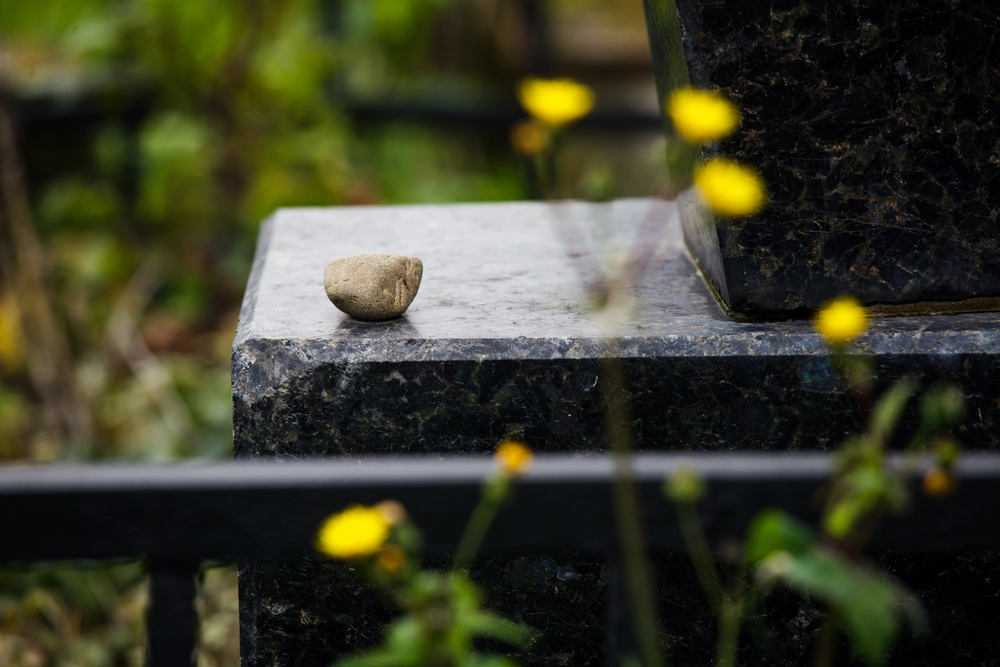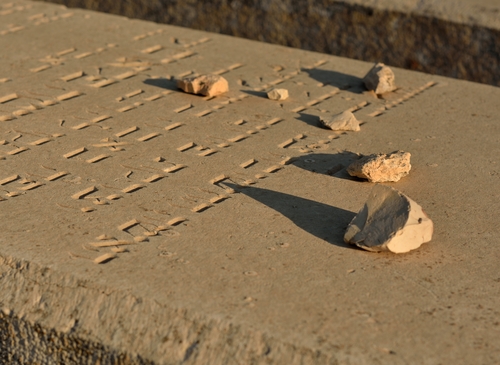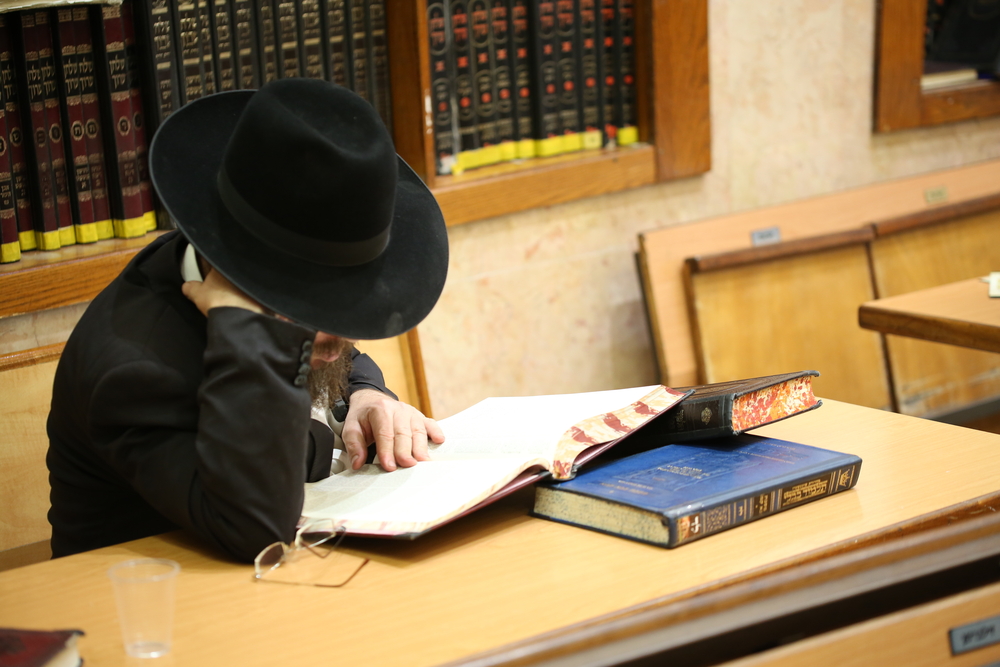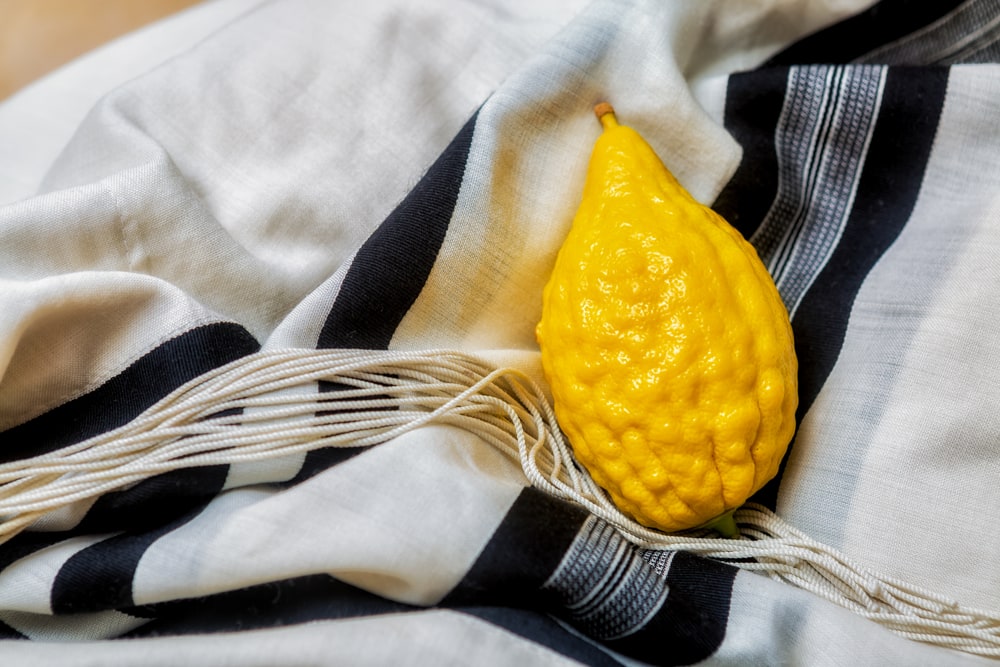
Within the traditions of the Jewish faith, there is a great deal of emphasis on family. Family presence during significant moments (Bar and Bat Mitzvahs, graduations, and so forth) is very important. When the time comes, raising a family is also a considerable honor. Unfortunately, sitting Shiva for a loved one is equally as important a tradition.
After a loved one has passed, visiting their grave can be a reminder of their life, their influence and your memories together. Read on to learn about when you should visit a Jewish monument as well as the proper etiquette when doing so.
1. Traditional Jewish Headstone Visitation Policies
Historically, religious leaders told the Jewish people to avoid visiting a loved one’s headstone too often. There were two primary reasons for this advice. First, rabbis preferred to keep cemeteries a solemn and peaceful setting for grieving families. In doing so, they would not disrupt a family’s ability to have a full grieving experience, and send their loved ones to the afterlife.
Secondly, they wanted people praying to them and not the dead. At the time, many people thought that encouraging frequent grave visits would result in less devout members.
2. When Should You Visit a Jewish Headstone
Generally, it’s best to visit a Jewish headstone on days that relate to the cycle of life. For example, visiting your loved one’s burial place on the final day of Shiva or Sheloshim is the natural conclusion to the stages of Jewish mourning.
The Yahrzeit, or anniversary of a family member’s death, is also ideal for visitation. In fact, this is generally when the headstone unveiling ceremony is held, and the family views the headstone for the very first time.
There are other days that are ideal for headstone visitation. Many consider Jewish fasting or holy days to be particularly appropriate. Modern customs regarding Jewish headstone visits do not dictate a specific number of visits per year. Rather, people generally prefer to visit moderately throughout the year.
3. When are Jewish Headstone Visitations Discouraged?
While the concept of grave visitations is not looked down upon, there are some days where it’s inappropriate. For example, the middle days of Passover and Sukkot are, essentially, holidays meant to be spent joyfully.
Purim should also be spent in a joyful state. Therefore, visiting the dead would compromise one’s ability to be joyous.
4. Leaving Stones on a Jewish Headstone
What began as a cautionary practice in ancient times of Judaism has become a grieving tradition. To mark Jewish graves, mourners would leave piles of stones on graves (before the creation of headstones and monuments) as a warning to priests. Priests believed that being too close to a corpse would taint them somehow, and make them impure.
This practice also stems from a principle described in the Talmud, which details Rabbinic Law, regarding the soul. According to tradition, the soul remains in the grave, with the Jewish Headstone. So, families began putting stones on the headstone, in order to keep the soul close. Other interpretations of this principle involve keeping demonic entities away from the grave, and the soul.
And, some people believe that stones are a more permanent symbol of resolution and endurance than flowers. While flowers will eventually blow away or wither, stones will remain intact.
Finally, placing stones on a Jewish headstone is also a way to comfort a mourning family. Finding a headstone with many stones adorning it is a welcome sight, in that it signifies others have recently visited and paid their respects as well.
5. Blessing the Deceased
Upon entering the cemetery, those who haven’t visited a cemetery in thirty days must offer a blessing. Often called the Jewish Cemetery Blessing, this etiquette is a sign of respect for the deceased.
Rather than praying directly next to the headstone of your loved one, this prayer should be said inside the cemetery in general.
6. While Next to the Jewish Headstone and Grave Site
After reaching the grave site, there are a few common traditions to take note of. First, Jews who have become knowledgeable in ancient laws and traditions should study the Mishnah. This ancient text is the original collection of Jewish oral traditions. So examining and pondering this text while visiting your loved one is significant.
Next, it’s also common to recite chapters from the Book of Psalms. Psalm 119, which has alphabetized verses, often serves as a great starting point. It’s common to select a verse based on the letters of the name. Often, people place their hands on the headstone while reading the psalm.
Praying to God while next to your loved one’s Jewish headstone is a critical aspect of visiting a grave. However, it’s important to remember that this prayer should be directed toward God, and not your loved one. In some schools of thought, this is blasphemy.
7 Memorial Prayer
Finally, the Kel Maleh Rachamim is an extremely important memorial prayer. While its exact origin is unknown, it’s become a standard prayer for all memorial-related events — especially grave visitations.
Jewish Headstones from Fox Monuments of Long Island
When you’re saying goodbye to a loved one, the Jewish memorial purchasing process should not be difficult or stressful. At Fox Monuments, we strive to help each family through their grief by making this process as smooth, stress-free and simple as possible. We will create a beautiful monument to honor your loved one’s life, and an excellent tribute for you to remember them by.










